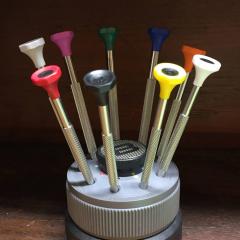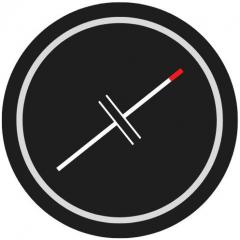Jacot tool
-
Recently Browsing
- No registered users viewing this page.
-
Topics
-
Posts
-
Bringing this old thread back to life, as I have similar problem. I did follow this advice, but while inserting a male stem (crown side) and just pushed it to the female part, and the fork (female side) of the stem has broken. What is the right way? Push the stem part so it widens the gap and fits in? Why it was then receiving side got broken? Old metal? It is a vintage watch from late 60s. or the outer part should be inserted somehow from the side (slipping to the gap), but I don’t have space there for this manipulation. The watch is Orient Fineness monocoque case. thank you!
-
By Neverenoughwatches · Posted
Thats insane Nev that you cut those tiny pinion teeth with a cutter you designed and made. -
By Neverenoughwatches · Posted
I certainly do Razz. Ive just started work on this AS554, interestingly enough it had a paper dial made from a postcard , look at the brand name on the dial, very curious. -
[SBGA405] Grand Seiko “Godzilla” Spring DriveI always enjoy coming back at the end of the week to my first Spring Drive watch which is a combined automatic mechanical watch and a high quality quartz — a Spring Drive.Impressive accuracy (10 seconds per month) and wears remarkably comfortable at 44.5 mm in diameter and 95 gm.Love the power reserve indicator, and the colour of the dial amd the watch band.One of my “perfect” watches!!😍
-
By Neverenoughwatches · Posted
Yep, so we got a 10 1/2 ligne movement, thats the starting point now these bad boys books should hopefully get us across the finishing line . Next we need a good clear picture of that rocking bar, the setting lever and the setting lever spring. I've already got an idea what it might be.
-








Recommended Posts
Join the conversation
You can post now and register later. If you have an account, sign in now to post with your account.
Note: Your post will require moderator approval before it will be visible.